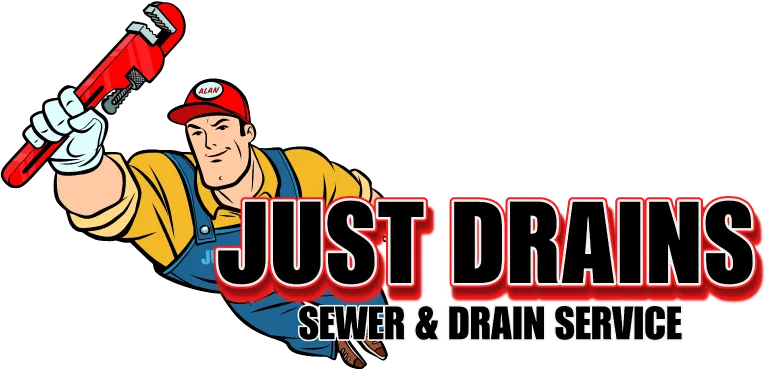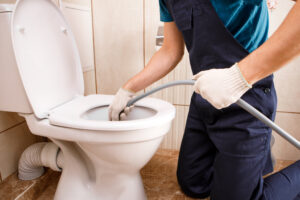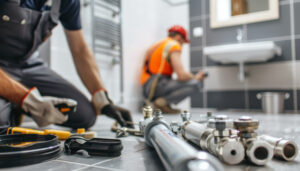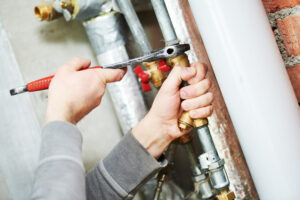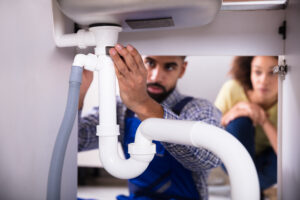Of all the nuisances that a New Jersey homeowner is subjected to, none is unexpected than one that starts out with a beautiful tree in your front yard. You enjoy the shade and the appearance, but beneath the surface, a subtle conquest may be underway. The same roots that nourish that massive oak or stunning maple are naturally drawn to water and nutrients seeping through your sewer lines. When they find their way in, the result is a plumbing nightmare. Understanding how to prevent and remove the problem is the initial step towards protecting your house.
Why Your Sewer Line is a Root Magnet
A sewer line acts as a buffet for tree roots. The sewerage pipes carry water inside them, and the roots are always on the lookout. Tiny vapors and moisture inevitably seep through the hairline cracks of the pipes.
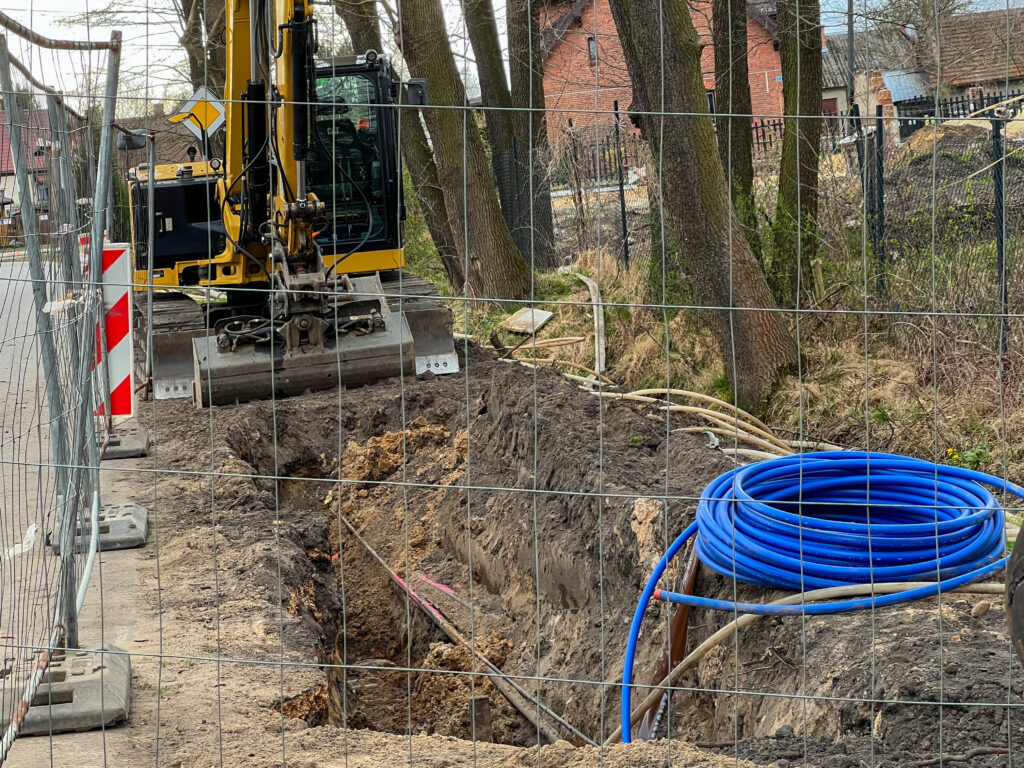
Sewer Lines In The Tree Root Area
They don’t blow the pipe open, but rather, a single hair-like tip of a root ends up entering a crevice. However, it goes wild once it enters the damp, food-filled realm of your sewer pipe. While here, the root grows out to an enormous size, develops side roots, and forms a dense, knotted bulk. This bulk can clog anything that goes down your drains and forms an almost impenetrable clog that no other drain cleaner can dissolve.
Preventing the Problem Before it Happens
Use Landscaping Wisely
It is important to observe the propagation of the new trees’ root systems before planting. Typically, the roots of a tree normally spread two to three times its canopy area. For this reason, trees with invasive roots shouldn’t be planted next to the sewer line, as they can cause major problems in the future.
Install a Physical Barrier
For problematic trees already present, you can have a root barrier installed. This is done by digging a trench between the sewer line and the tree and placing a special solid or chemical panel deep into the ground. The barrier will push roots downward, not toward your pipes. It is an involving process, but it prevents you from having major problems later.
Schedule Regular Inspections
Your best device for determining the health of your underground pipes is a sewer camera inspection. A plumber inserts a flexible, waterproof camera into your cleanout pipe. Before a full blockage occurs, it provides you with an online video of the inside of your sewage line, showing you any offsets, cracks, or the onset of root infiltration. A yearly or twice-yearly examination is a worthwhile investment for homes older than 20 years.
Check Pipe Lining
The moment an inspection reveals that you indeed have small cracks but no extensive root intrusion, you have a golden chance. You can repair the pipe internally by doing Cured-In-Place Pipe (CIPP) lining. This creates a smooth, new pipe within the existing pipe, plugging all its joints and cracks. It’s as good as new in terms of strength and, importantly, it has no entry points for roots to find their way in. This is generally the cheapest long-term option to prevent future root problems.
What to Do When Roots Get In
When drains already gurgle or when you already have a full-blown backup, prevention is out of the question. It is a tell-tale sign that you need to take it out. The first step here is to cut the roots. To go about this, a plumber uses an instrument fitted with a rotating, cable-type snake with a cutting edge on the end. It’s pushed into the sewer line to sever the mat of roots and reestablish flow.
A more thorough solution is hydro-jetting. It utilizes a high-pressure water jet to blast out grease, roots, and debris. Hydro-jetting cleans the whole pipe surface much better. While it won’t fix the crack either, it will provide a greater duration of relief than a root cutter.
A more lasting fix may be required if the pipe is still clogged or collapsed due to root invasion. In traditional excavation, a large trench has to be opened up so the damaged pipe can be reached, the damaged piece is taken out, and a new one is installed. While highly intrusive to your landscaping, lawn, or driveway, this technique is highly effective.
Dealing with tree roots in your sewer system seems like a nightmare. It is an out-of-sight but by no means out-of-mind issue once you know about it. With intelligent choices in your landscaping, buying camera inspections, and acting before it gets worse, you can keep your New Jersey home safe from this intruding issue.
Whether it is a speedy clearance or an ongoing trenchless repair, you need a local team familiar with the unique plumbing and soil conditions in our area. At Just Drains NJ, we are always on alert and ready to provide a solid diagnosis and a lasting solution.
